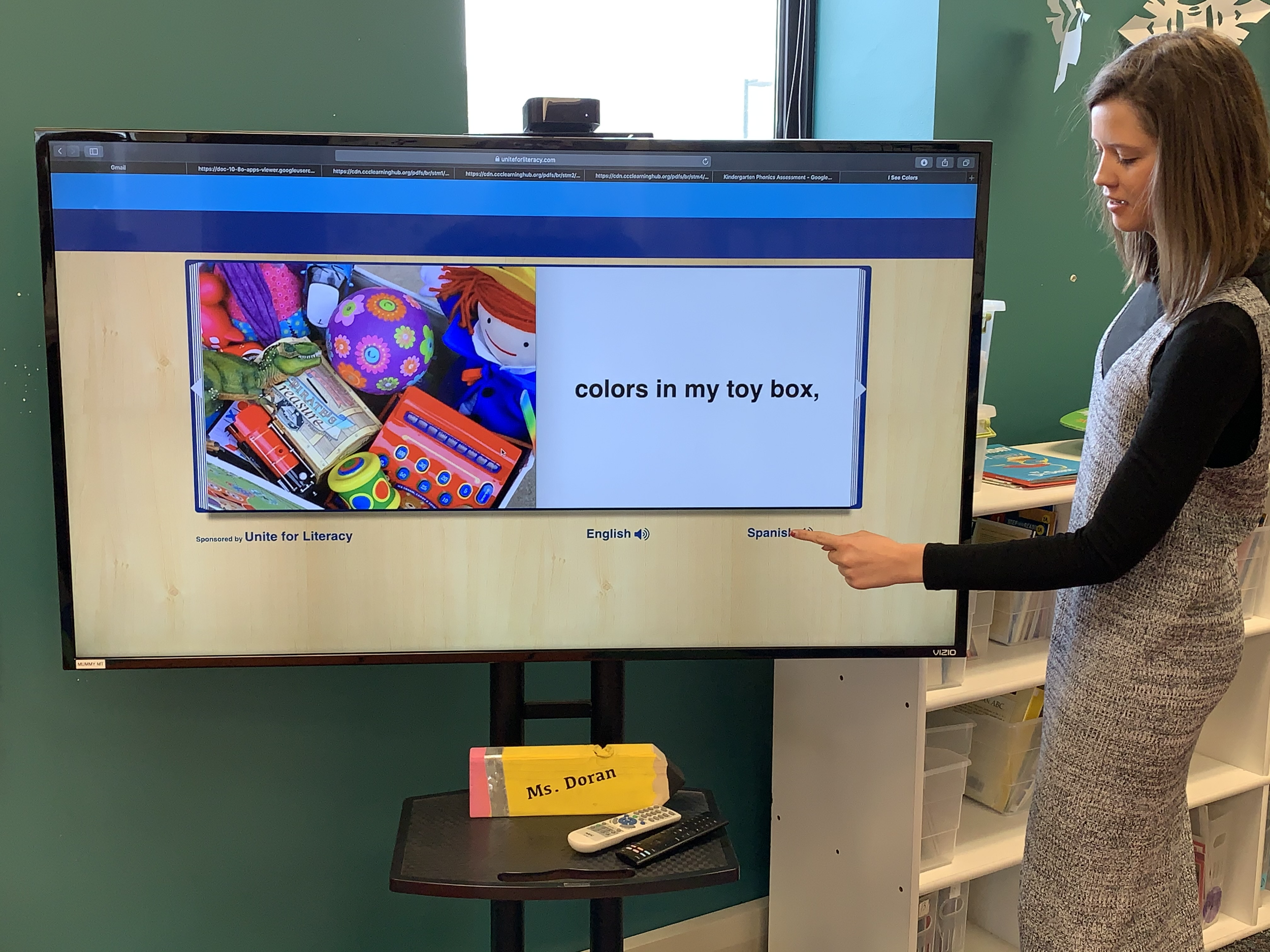How Are They Going to Get Good at Reading?
By Mark W.F. Condon, Unite for Literacy vice president
Helping children become fluent readers is a laudable goal for any school. However, the sad truth is that too few children actually get there, which isn’t new news. But it does beg the question: Is reading that odious of an activity that we can’t get kids to be good at it?
I say, “NO, it’s not.”
The problem is that we try to get kids to be good at reading without recognizing the importance of educating them so that they LIKE to read. Rare attention seems to be paid to whether kids like to read when nobody has assigned the reading or is watching them read — whether they are intrinsically motivated to read. Thus, few of them regularly engage in reading sufficiently and with enough enthusiasm to become avid readers. That in turn frustrates teachers’ efforts at developing the reading fluency that is assessed each year on standardized tests.
A first step toward helping kids enjoy reading is to allow them to choose their own reading materials — ones they find entertaining, enjoyable or delightfully informative.
Avid readers can read well AND they choose books that spark their interests. They spend time reading whether it is assigned or not. Avid readers become lifelong readers. Lifelong readers are lifelong learners. Lifelong learners contribute to the well-being of themselves, their families, and their communities.
Learners have to be excited about reading before they will ever put in the necessary hard work to get good at reading. Consider this sports metaphor.
I think we all agree that kids who love to play basketball, play it as much as they can; they are AVID about it! And to no one’s surprise, kids who play basketball a lot get better at playing the game. If they don’t love basketball but are forced to play, there is a limit to how good they will get. No amount of coaching and coaxing will change that.
This is a variation of an issue raised by an acclaimed literacy researcher, Richard Allington, 30 years ago. He said, “If they don’t read much, how they ever gonna get good?” If children don’t like to read, they opt out. They may grab a book. They may open it, but they just don’t get immersed in it. That’s what we all do when faced with something we don’t want to do.
Even the most dedicated fan of reading fluency will admit that teaching children something they don’t want to do is 100 times harder (one could even argue that it’s impossible) than teaching a child who is eager to learn it.
Why don’t we see discussions of avid reading in news coverage alongside discussions of reading test scores? And how might one measure a child’s excitement about reading? The most obvious indicator is how often the child chooses to read or identifies a favorite author or book series.
If we can engage teachers in formatively assessing growth toward joyful, avid reading they might embrace instructional adjustments that would ensure that more kids choose to read. Perhaps they would schedule time daily for relaxed reading of self-selected books. Maybe children would be invited to share their favorite reads, form book clubs, or find volunteers to lead group conversations about the children’s beloved authors, titles, or topics.
Those instructional adjustments would be good for encouraging children to explore exciting choices for their next books, and all of that reading is guaranteed not only to boost their test scores, but to result in improvements in avid and fluent reading. Wouldn’t that be worth a try?
